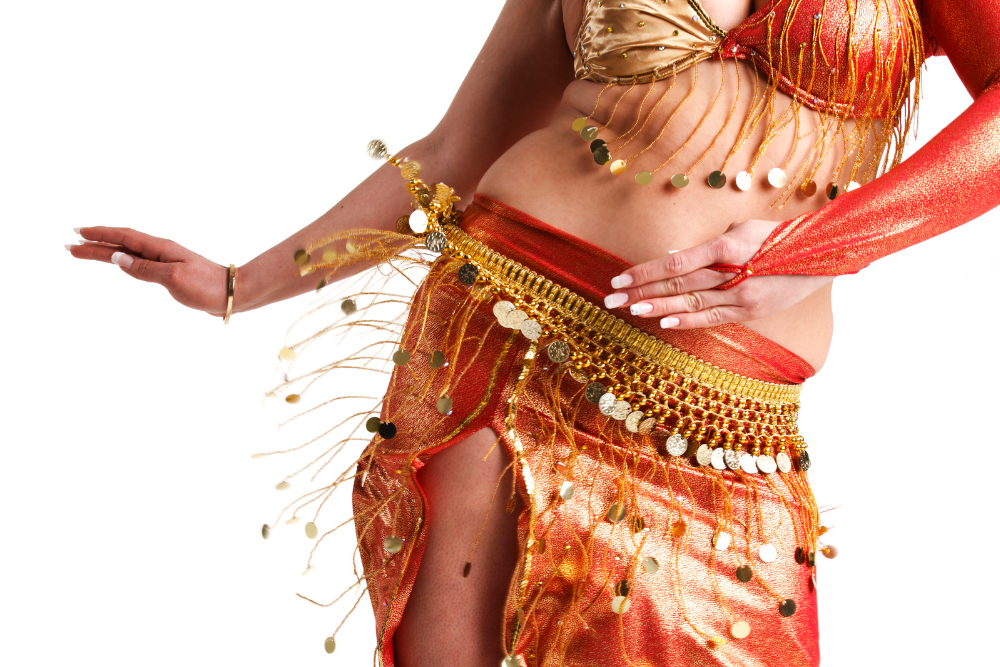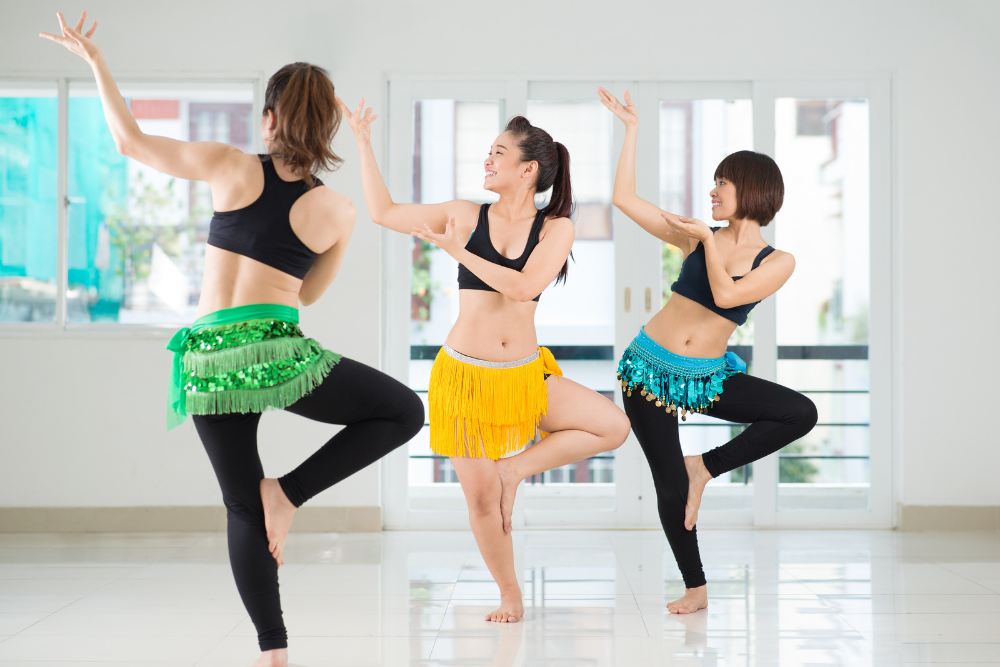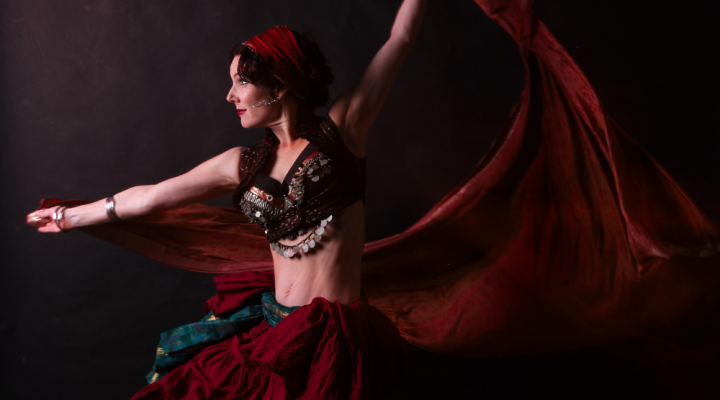What is it about belly dancing that has enchanted audiences around the world for centuries? The fluid movements, the rhythmic music, and the cultural depth all contribute to its timeless allure. But there’s more to belly dance than meets the eye. It’s not just a dance style; it’s a story, a tradition, and a profound expression of human emotion and history. This article takes you on a journey through the origins and evolution of belly dance, highlighting its cultural significance and the diverse styles that have developed over time. Whether you’re a dance enthusiast, a history buff, or simply curious, read on to uncover the rich tapestry of belly dance’s past and present.
Key Takeaways:
- Ancient Beginnings: Belly dance has roots in ancient civilizations, symbolizing femininity and fertility in Middle Eastern, North African, and Mediterranean cultures.
- Cultural Evolution: Over time, belly dance has absorbed various cultural elements, resulting in a diverse and dynamic art form.
- Modern Renaissance: The 20th century saw a resurgence of interest in belly dance, with contemporary styles and global popularity.
- Symbolism and Tradition: Each movement and costume element in belly dance carries deep cultural significance and symbolism.
Table of Contents
ToggleThe Origins of Belly Dancers


Ancient Beginnings
Belly dance can trace its origins back to ancient civilizations in the Middle East, North Africa, and the Mediterranean. Archaeological evidence suggests that women in these regions performed belly dance during fertility rituals and celebrations. This dance form was deeply embedded in their daily lives and spiritual practices, symbolizing the life-giving power of femininity.
Cultural Influences
As belly dance spread across regions, it absorbed various cultural elements, becoming a mosaic of styles and traditions. In Egypt, the dance evolved into “Raqs Sharqi,” characterized by intricate hip movements and expressive gestures. The Romani people, migrating through Europe, brought their unique flair to the dance, adding flamboyant costumes and dynamic spins. These cultural exchanges enriched belly dance, making it a dynamic and diverse art form.
Evolution Through the Ages


Belly Dance in the Middle Ages
During the Middle Ages, belly dancing experienced periods of both reverence and suppression. In the Islamic Golden Age, it flourished as an esteemed performance art in the courts of caliphs and sultans. However, in other periods, it was stigmatized and pushed to the margins of society. Historical records from the Byzantine and Ottoman Empires provide glimpses into how belly dance adapted and survived through these fluctuating times.
Modern Belly Dance
The 20th century brought a renaissance for belly dance, particularly in the West. Hollywood films and traveling dance troupes popularized belly dance, sparking global interest. Today, belly dance has transformed, incorporating contemporary elements and diverse styles such as Tribal Fusion and American Cabaret. Modern belly dancers continue to innovate, blending traditional techniques with new artistic expressions.
Cultural Significance
Symbolism and Tradition
Belly dance is rich in symbolism, with each movement and costume element carrying deep meaning. The undulating motions often represent natural phenomena like waves and the cycle of life. Traditional costumes, adorned with coins and intricate beadwork, are not just decorative but signify the dancer’s prosperity and skill. Belly dance is traditionally performed at weddings, festivals, and rites of passage, celebrating life’s milestones with joy and reverence.
Belly Dance in Popular Culture
In popular culture, belly dance has made its mark through music videos, films, and stage performances. Iconic representations include Shakira’s electrifying performances and the mesmerizing dance scenes in movies like “Aladdin.” These portrayals have brought belly dance into mainstream awareness, showcasing its beauty and versatility to audiences worldwide.
Styles and Techniques
Traditional Styles
Traditional belly dancing encompasses a variety of regional styles, each with its unique flair. Egyptian belly dance, with its precise hip movements and earthy footwork, contrasts with the elegant, flowing style of Lebanese belly dance. Turkish belly dance is known for its lively steps and expressive facial expressions. These traditional styles reflect the rich cultural heritage of their regions.
Fusion Styles
Modern fusion styles blend belly dance with other dance forms, creating innovative and captivating performances. Tribal Fusion combines elements of belly dance with modern dance, hip-hop, and even flamenco, resulting in a powerful and eclectic style. Gothic belly dance incorporates dark, dramatic themes, merging the grace of belly dance with a theatrical edge. These fusion styles demonstrate the adaptability and creativity inherent in belly dancing.
Learning Belly Dancing
Finding Classes and Instructors
For those interested in learning belly dancing, the first step is to find reputable classes and experienced instructors. Here are some tips to help you get started:
Look for belly dancing studios or dance schools in your local area. Many communities have dedicated belly dance studios that offer classes for students of all levels, from beginners to advanced. These specialized studios are often the best places to find high-quality instruction.
Check online directories and social media for belly dance communities in your region. Many dancers and instructors maintain an online presence, making it easier to discover classes and connect with local experts.
When evaluating potential classes, look for instructors with extensive training and experience in belly dancing. Inquire about their teaching methods, their approach to technique, and their overall expertise in the art form. It’s also important to ensure that the class sizes are small enough to allow for personalized attention and feedback.
As a beginner, seek out classes that focus on the fundamentals of belly dancing, including proper body alignment, basic movements, and an understanding of the dance’s cultural context. These foundational classes will provide a solid base from which you can build your skills and progress to more advanced levels.
Essential Techniques and Moves
Belly dancing is characterized by a range of distinctive movements and techniques that are essential for any aspiring dancer to learn. Here are some of the basic moves and their significance:
Hip Shimmy: One of the most iconic belly dance moves, the hip shimmy involves rapidly contracting and relaxing the abdominal and hip muscles to create a shimmering, undulating motion. This move is often used to accent the rhythm and add visual interest to the dance.
Undulations: Undulations, or flowing, wavelike movements of the torso, are a fundamental element of belly dancing. These movements, which can originate from the shoulders, chest, or hips, are used to create a sense of fluidity and grace in the dance.
Figure Eights: Drawing figure-eight patterns with the hips, either in the horizontal or vertical plane, is a common technique that helps dancers develop control and articulation in their hip movements.
Veil Work: The use of a veil, a sheer, flowing piece of fabric, is a hallmark of many belly dance performances. Dancers often incorporate graceful veil movements, such as figure eights and shimmering flourishes, to enhance the dramatic and expressive qualities of the dance.
Footwork: While the focus in belly dancing is often on the upper body and hips, intricate footwork patterns are also an essential component of the dance. Dancers may incorporate small steps, pivots, and heel-toe movements to complement the rhythmic patterns of the music.
Mastering these fundamental techniques and moves is the key to developing a strong foundation in belly dancing. As beginners progress, they can then explore more advanced variations and combinations to further expand their repertoire and artistry.
Conclusion
Belly dance is a captivating art form with a rich history and cultural significance. From its ancient beginnings to its modern interpretations, belly dance continues to inspire and enchant. Whether you’re drawn to its symbolic movements, its diverse styles, or the sheer joy of the dance, belly dance offers a unique way to connect with a timeless tradition. At Cazbar restaurant, you can enjoy a captivating belly dancing show and immerse yourself in the vibrant vibes of the performance while savoring delicious Turkish cuisine. As you explore this fascinating dance, you’ll discover a world of beauty, expression, and cultural heritage.
Frequently Asked Questions
What are the health benefits of belly dance?
Belly dancing can improve core strength, flexibility, and coordination. It is also a great cardiovascular workout and can help with stress relief.
Is belly dance only for women?
While belly dancing is traditionally associated with women, men can and do perform belly dancing. The dance form is inclusive and adaptable to all genders.
How do I choose the right belly dance costume?
Choosing a belly dance costume depends on the style of dance you are performing. Traditional costumes often include a decorated bra and skirt, while modern fusion styles might incorporate elements like harem pants or tribal accessories.
How long does it take to learn belly dance?
The time it takes to learn belly dancing varies depending on individual dedication and practice. Basic moves can be learned in a few months, but mastering the dance can take years.
What music is used for belly dance?
Belly dance music includes traditional Middle Eastern songs, modern fusion tracks, and even contemporary pop music. The rhythm and beats are essential for guiding the dance movements.







